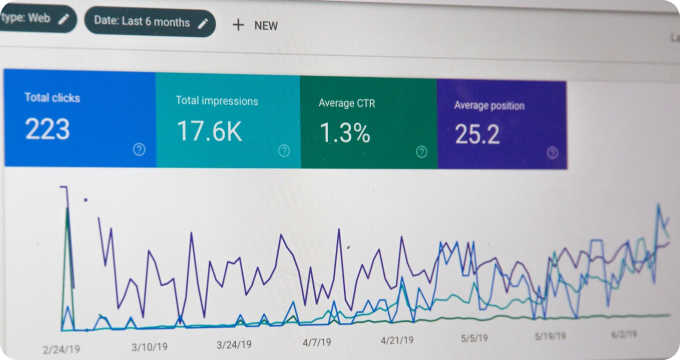Pet Sitting Services Industry Report: Key Findings and Insights for a Thriving Market
- November 30, 2023
- 2 minutes
The pet sitting industry, a sector that has for long been considered niche, has witnessed significant growth and transformation in recent years. Factors such as the humanization of pets, an increasing proportion of pet owners, and the rapid digitalization of services, have drastically changed the industry's dynamics. This piece aims to dissect the industry, analyze key trends, and provide a comprehensive understanding of the pet sitting service market.
In the simplest terms, pet sitting services refer to the act of taking care of another person's pet, typically in its own home, while the owner is away. This service has emerged as a viable alternative to pet kennels or boarding facilities, providing pets with personalized care and the comfort of their familiar surroundings. The industry's relevance lies in its ability to address a consumer's need for a trusted entity who can tend to their pet's needs in their absence.
A deep dive into the pet sitting industry necessitates a glance at the demographics underpinning this market. The industry primarily caters to pet owners, a demographic that has been expanding in recent years. According to the American Pet Products Association, about 67% of U.S. households, or an estimated 85 million families, own a pet as of 2019 – a rise from 56% in 1988.
In economic terms, the pet sitting industry stands as a perfect example of a demand-driven market – a market condition where the demand for a product or service influences its price. In this case, the increasing number of pet owners has amplified the demand for pet sitting services, subsequently driving up prices. However, it's vital to note that this is not a case of price gouging, but rather a reflection of the service providers' increased costs associated with providing high-quality, reliable pet care.
From a technological standpoint, the industry has evolved to leverage digital platforms that connect pet owners with sitters. Companies like Rover and Wag have disrupted the traditional pet sitting model by providing a platform for sitters and pet owners to connect, reminiscent of the models employed by Uber or Airbnb. This has created a sharing economy within the pet industry, with pet owners able to choose from a multitude of sitters based on their credentials, reviews, and prices. However, it's essential to understand the tradeoff here – while these platforms offer convenience and a wide variety of choices, they also pose challenges in terms of service standardization and quality control.
As with any industry, the pet sitting services sector also faces regulatory challenges. In certain jurisdictions, pet sitters are required to have a license or certification, and there are also laws and regulations surrounding animal welfare and rights. This legal framework aims to protect both the pets and the pet sitters, and its evolution will undoubtedly shape the industry's trajectory.
Taking a strategic perspective, the pet sitting industry seems ripe for consolidation. The sector is highly fragmented, with numerous small, localized providers and a few big players. Given the industry's growth prospects, it's plausible that larger companies will acquire smaller ones to expand their customer base and geographic reach - a common practice in mature markets to achieve economies of scale and scope.
In conclusion, the pet sitting services industry is characterized by robust demand, digital disruption, regulatory considerations, and a propensity for consolidation. Its evolution will be shaped by how these dynamics play out, making it an intriguing market to watch. For pet owners, service providers, and investors alike, understanding these intricacies can unlock opportunities and inform strategic decisions within this thriving market.
Learn More
Unleash the potential of your pet's happiness by diving into our informative blog posts about pet sitting services. For those interested, they are encouraged to explore the comprehensive rankings of the Best Pet Sitting Services in Los Angeles featured on our site.
Popular Posts
-
 8 Reasons Why You Need Professional Pet Sitting Services in Your Life
8 Reasons Why You Need Professional Pet Sitting Services in Your Life
-
 How to Create a Budget for Your Pet Sitting Services Business
How to Create a Budget for Your Pet Sitting Services Business
-
 Ask These Questions to a Potential Pet Sitter to Choose the Perfect One for Your Furry Friend
Ask These Questions to a Potential Pet Sitter to Choose the Perfect One for Your Furry Friend
-
 11 Essential Questions to Ask Before Hiring a Pet Sitting Service
11 Essential Questions to Ask Before Hiring a Pet Sitting Service
-
 10 Things I Wish I'd Known About Pet Sitting Services Before Hiring One
10 Things I Wish I'd Known About Pet Sitting Services Before Hiring One






